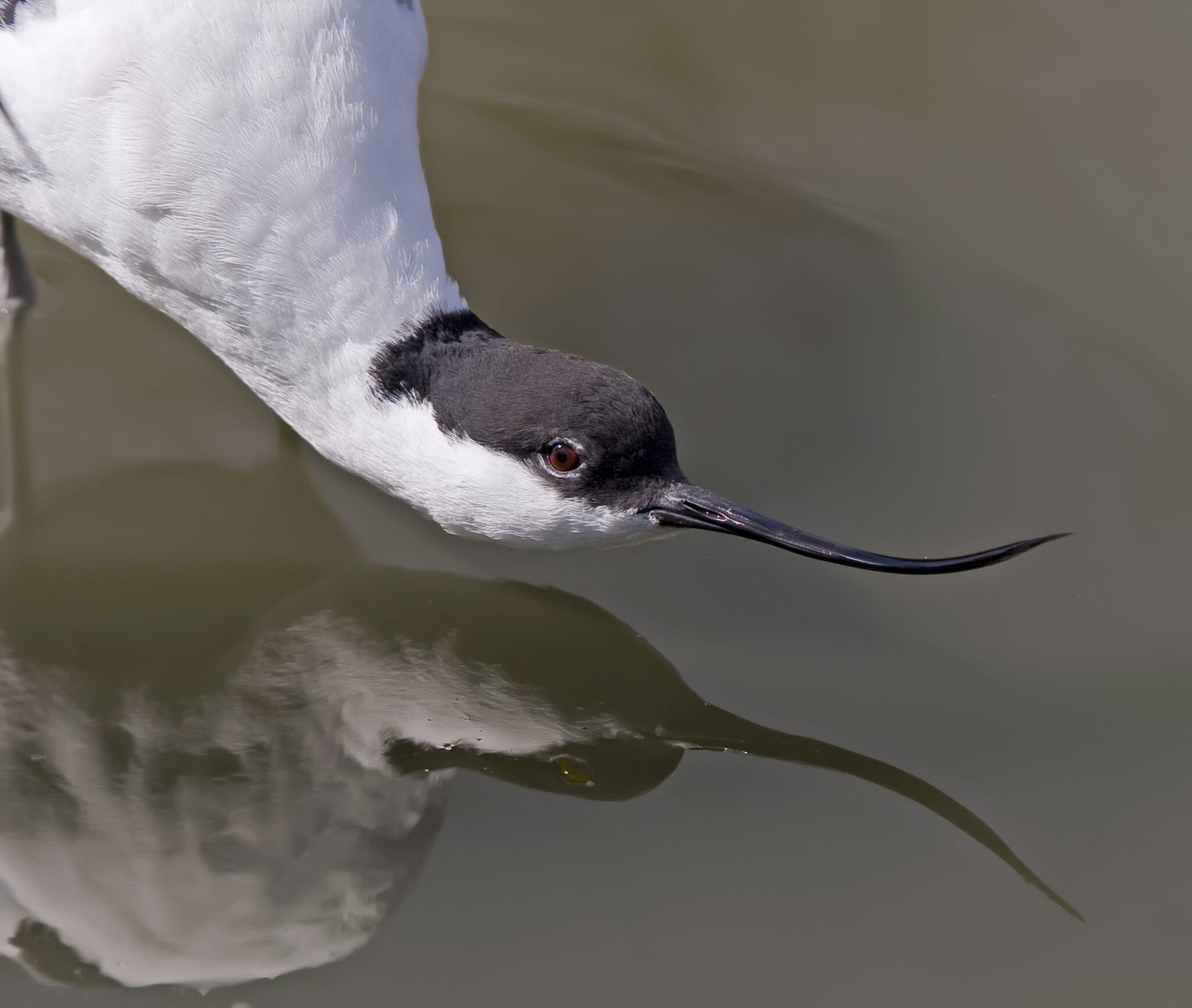Devon’s estuaries and surrounding land support nationally and internationally important communities of wading birds and wildfowl (ducks and geese) due to our mild climate and position on the ‘East Atlantic flyway’. The East Atlantic flyway is one of the world’s major bird migration routes stretching from the breeding grounds in the Arctic and sub-Arctic (Greenland, Iceland, Scandinavia, Siberia and Canada) through western Europe and down to wintering grounds in West Africa.
The species in this group feed on intertidal habitatsThe natural environment in which an animal, plant or other o... More (mud flats, saltmarshes and seagrass beds) and then at high-tide retreat to the higher coastal grazing marshes and other high tide roosts along estuaries. See Focus Species below.
Slavonian grebe, eider, long-tailed duck, velvet scoter and curlew sandpiper occasionally visit Devon in very small numbers. These are all highly threatened but, as Devon can’t make a significant contribution to their conservation, they aren’t included here.
Species which are occurring more regularly in Devon’s coastal wetlands include great white egret, cattle egret, spoonbill and glossy ibis. Reasons for their range expansion include: climate change, reduced persecution, habitatThe natural environment in which an animal, plant or other o... More creation, and habitat enhancement. They may start to breed in Devon and will benefit from all coastal habitat actions in the LNRS.

